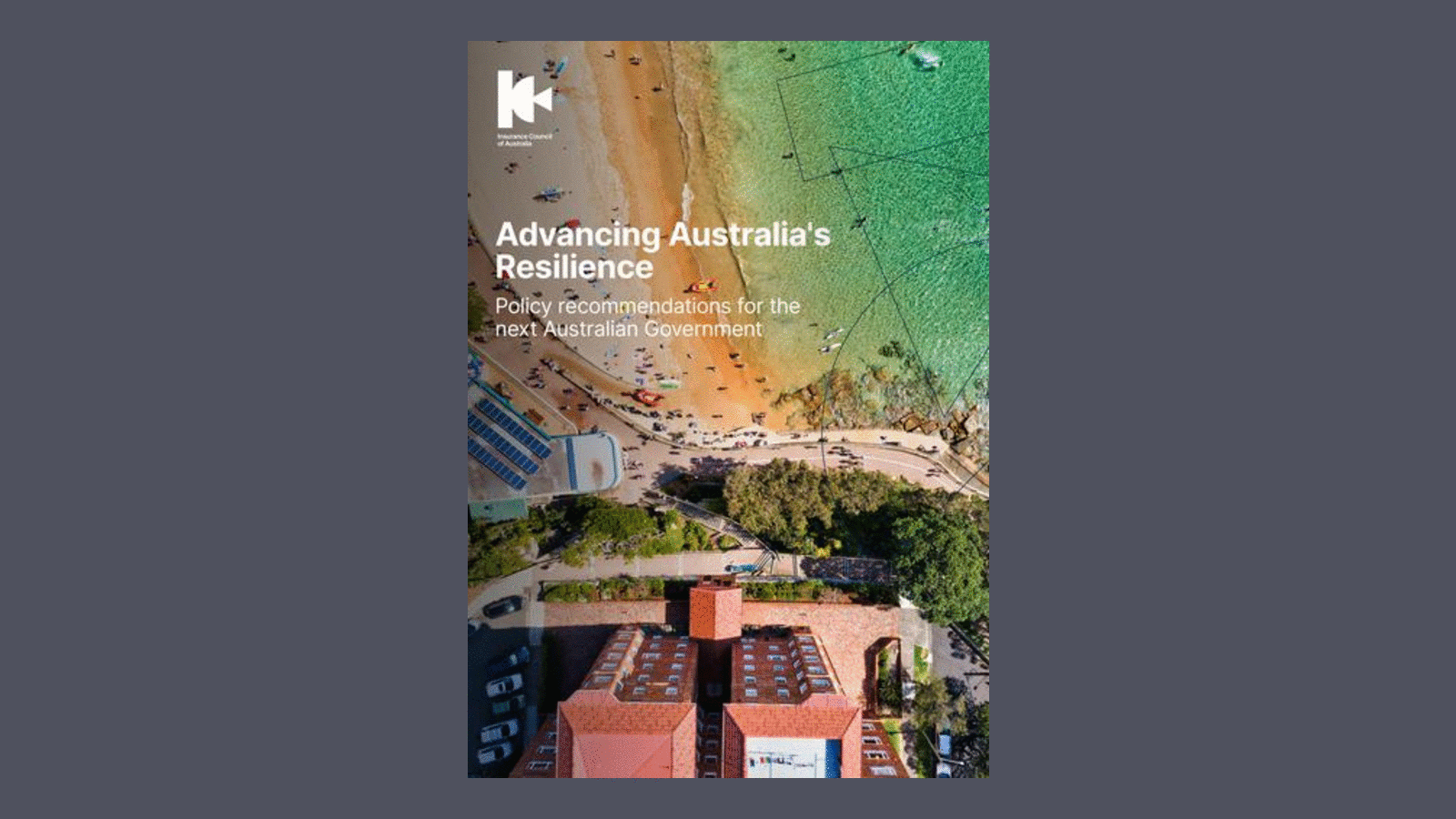Insurers to host community townhall in Ingham following NQ floods

News release
Friday, 28 February 2025
The Insurance Council of Australia (ICA) will a host community information evening in Ingham next week for insurance customers impacted by the recent severe weather and floods in Ingham and surrounding areas.
The town hall style information session will provide policyholders with general information on the claims process, complaints avenues and offer useful insurance-related information to assist with insurance claims and the recovery process.
Details of the townhall are as follows:
- Date: Thursday 6 March 2025
- Time: 5:00pm – 8:00pm
- Location: Hinchinbrook Shire Hall - 25 Lannercost St, Ingham QLD 4850
Representatives from the ICA, Legal Aid, Financial Counselling Australia will be available to answer policyholder question, as well as discuss:
- The nature of the NQ floods and provide an overview of the event
- The claims process and next steps insurance customers should take
- The kinds of support available to affected residents
- Common insurance terminology
- Any additional questions from the audience
Following the Q&A, policyholders will have an opportunity to meet one-on-one with their insurer to discuss their individual claim.
Registration for the townhall is essential. Attendees are encouraged to book via our website.
Quote attributable to ICA Director Mitigation and Extreme Weather Response Liam Walter:
The storms and flooding that impacted parts of North Queensland earlier this month caused widespread damage to properties, businesses and infrastructure.
Insurers have received more than 7,000 claims across Townsville, Ingham, Innisfail, Mission Beach and Cardwell.
While insurers are already assisting impacted customers in their recovery, we understand that having the opportunity to hear from representatives in person and ask questions can be invaluable in understanding the claims process and helping people get back on their feet.
The ICA, our members and representatives from supporting organisations are looking forward to the townhall and ensuring everyone receives the support they need.




